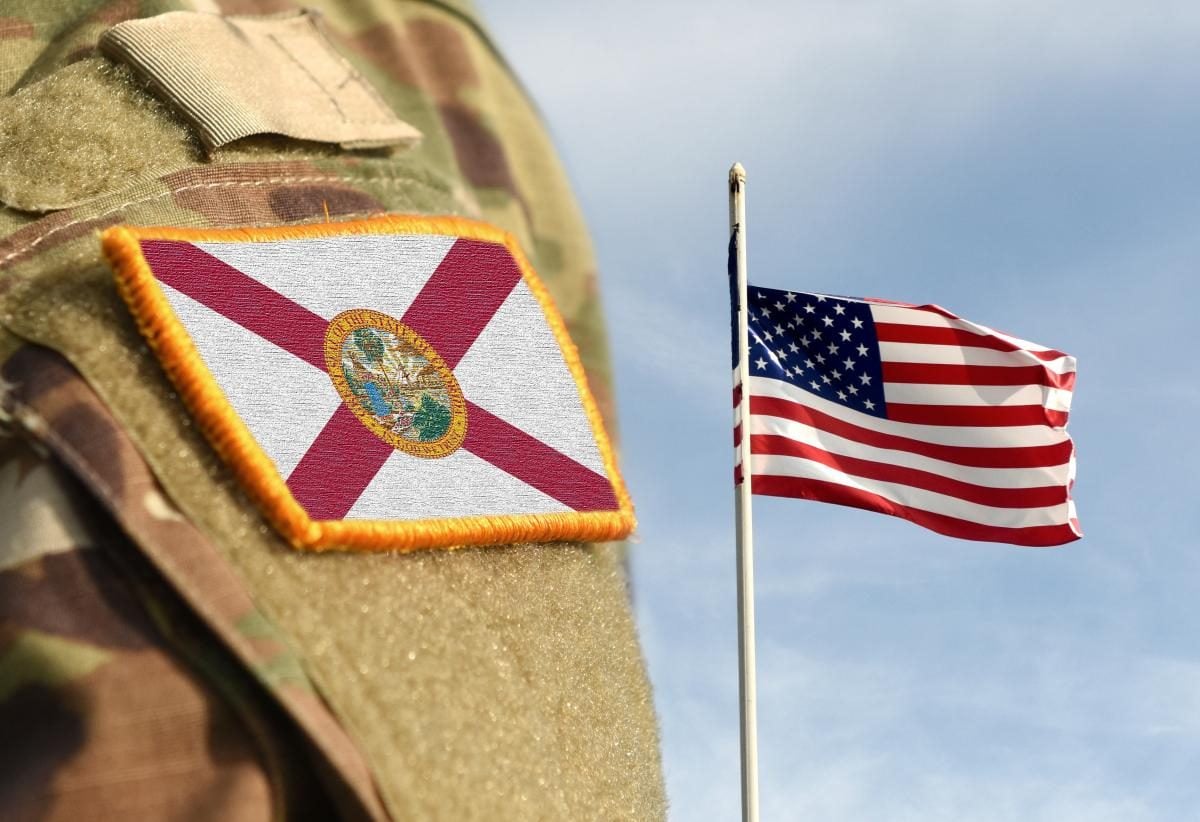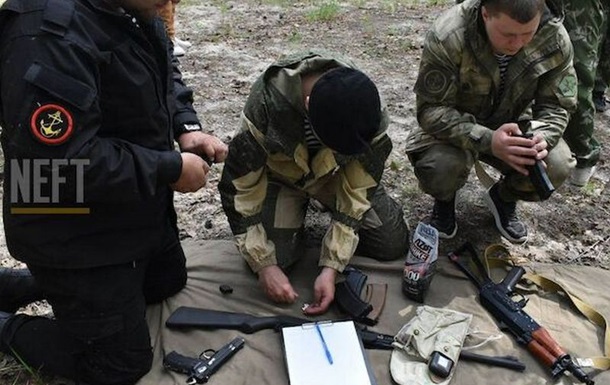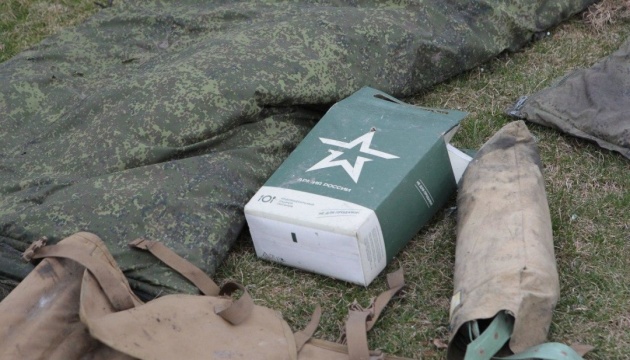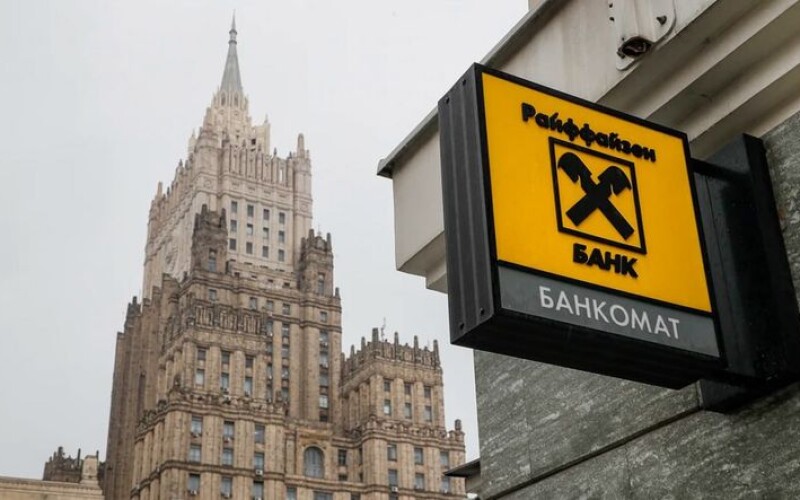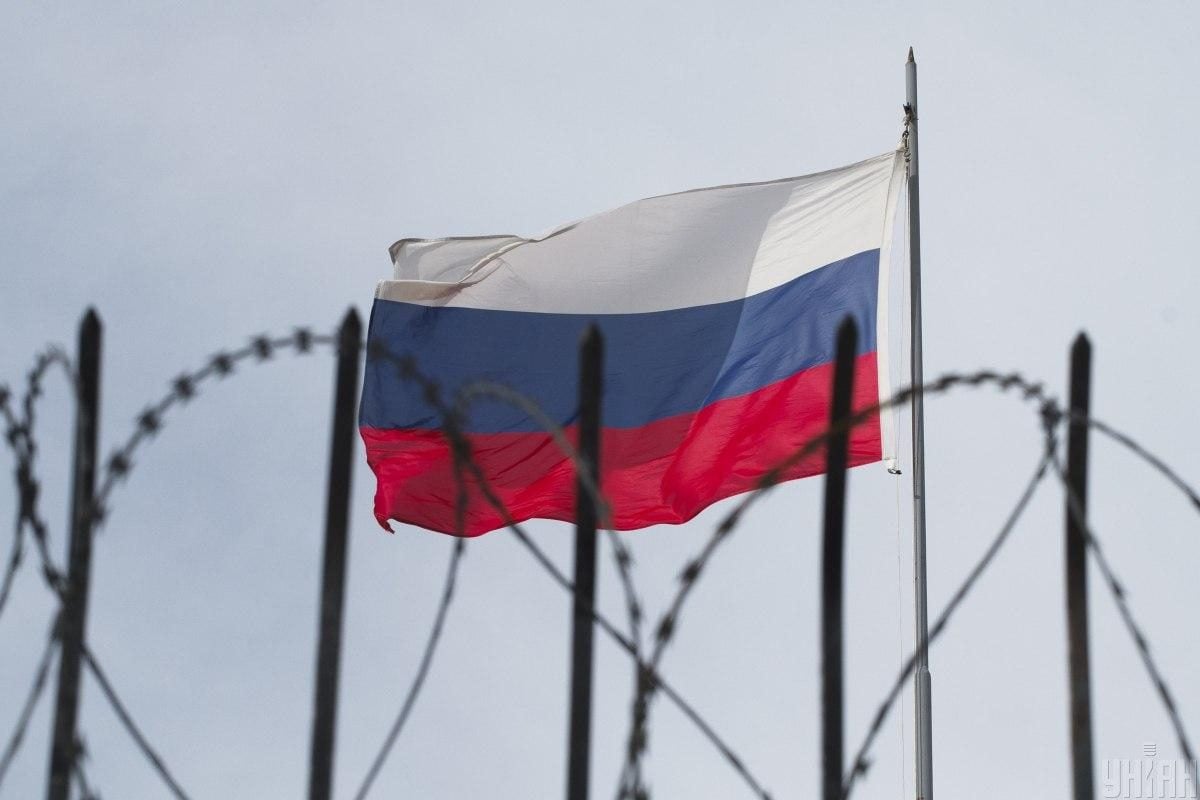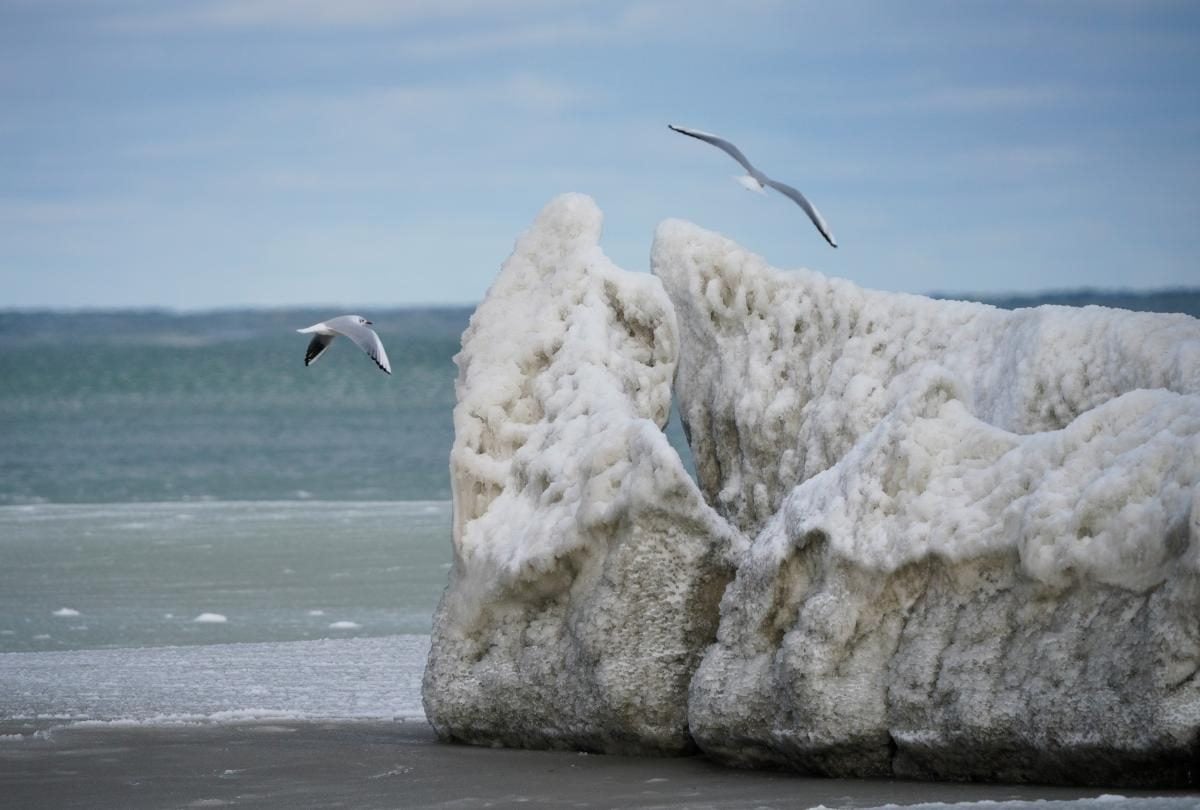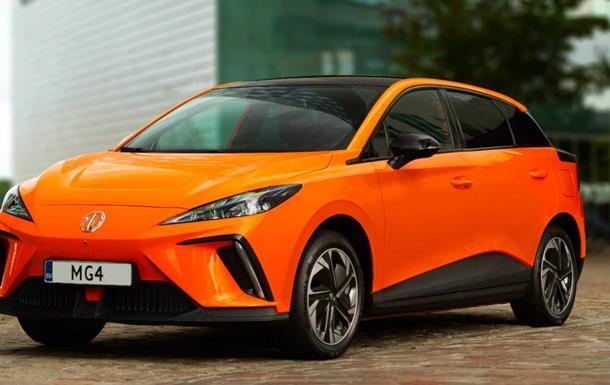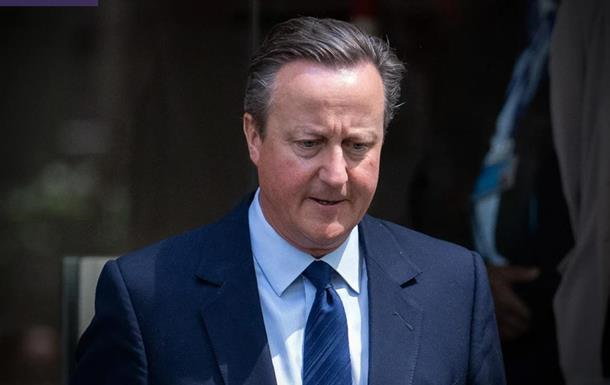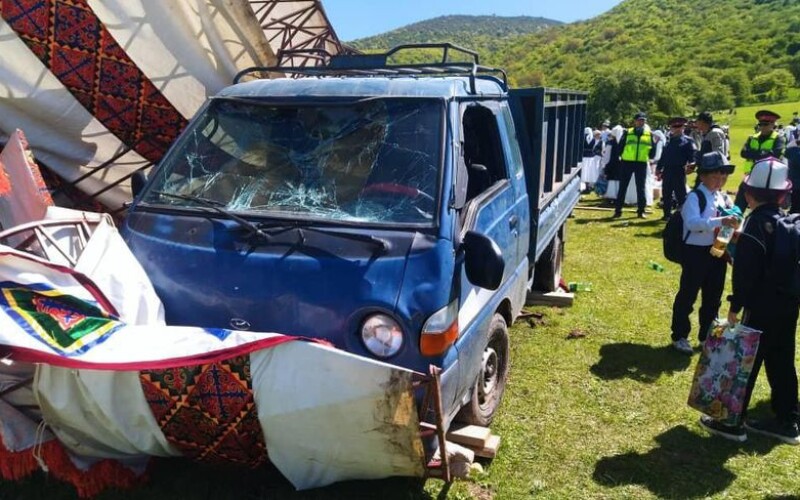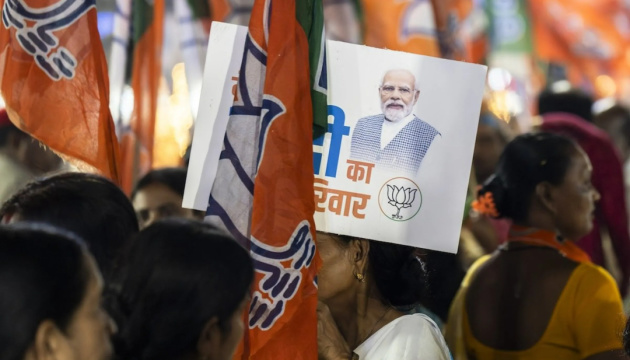 Will India's contacts with Ukraine acquire a new quality after the elections
Will India's contacts with Ukraine acquire a new quality after the elections
In India, on April 19, the largest elections in the world began, in which almost 1 billion people have the right to vote.
This year's election is a landmark one for the country and for Prime Minister Narendra Modi, as he seeks to become the second prime minister in the country's history to head the government for the third time in a row.
India declares neutrality regarding the war in Ukraine, but recently there have been shifts in New Delhi's position in our favor. Therefore, we offer a closer look at what is happening in this country and how it can affect the progress in Ukrainian-Indian relations.
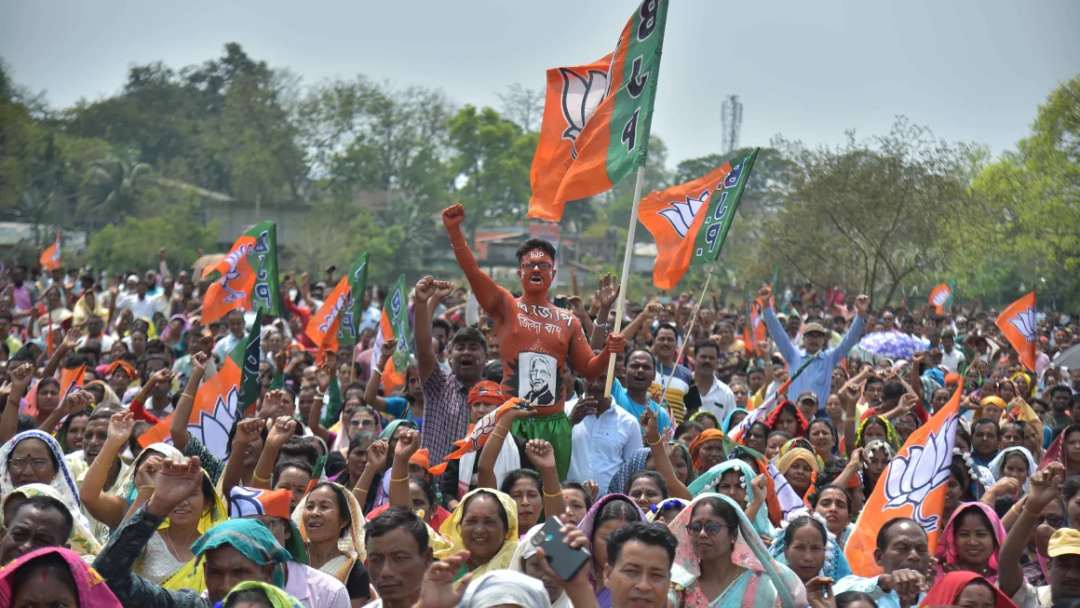 Photo: Anuwar Hazarika/NurPhoto/Getty Images
Photo: Anuwar Hazarika/NurPhoto/Getty Images
WHO IS ELECTED?
Citizens of India elect 543 members of the lower house of the national parliament (Lok Sabha), which will appoint the government and the prime minister. The term of office of deputies and, accordingly, of the government is five years.
To form a government, a political force or coalition needs a simple majority of 272 seats.
In most polling stations, voting is not done by throwing in ballots, but by pressing the appropriate button on the electronic voting machine. For the first time, this method was used in India in 1982, and since the beginning of the 2000s, it began to be implemented more widely.
The election will be held in several phases alternately in different states and territories of India for six weeks on specific days. In addition to April 19, there are also April 26, May 7, May 13, May 20, May 25 and June 1. The first phase is the largest and will cover 166 million voters in 21 of the 29 states, from the Himalayan mountains to the tropical Andaman Islands.
Elections are organized this way primarily for security reasons and the need to ensure adequate security at polling stations across the vast country. In certain regions of India, various rather powerful extremist groups are still active, with which local security forces and law enforcement officers engage in real tough battles, as happened recently in the central state of Chhattisgarh, where the police eliminated at least 29 Maoist militants during a shootout.
Within three days after the end of the voting, the final results should be tallied and the results will be announced on June 4.
This year, a total of 968 million voters are registered in the country, which is more than 10% of the global population, of which 497 million are men and 471 million are women. In the previous elections in 2019, the turnout of women voters was higher than that of men for the first time, and the same is expected this time.
Political life in India is full of parties and political forces of different spectrum and influence. There are more than 2500 political parties registered in the country, but 86% of all seats in the Lok Sabha are held by only 10 of them.
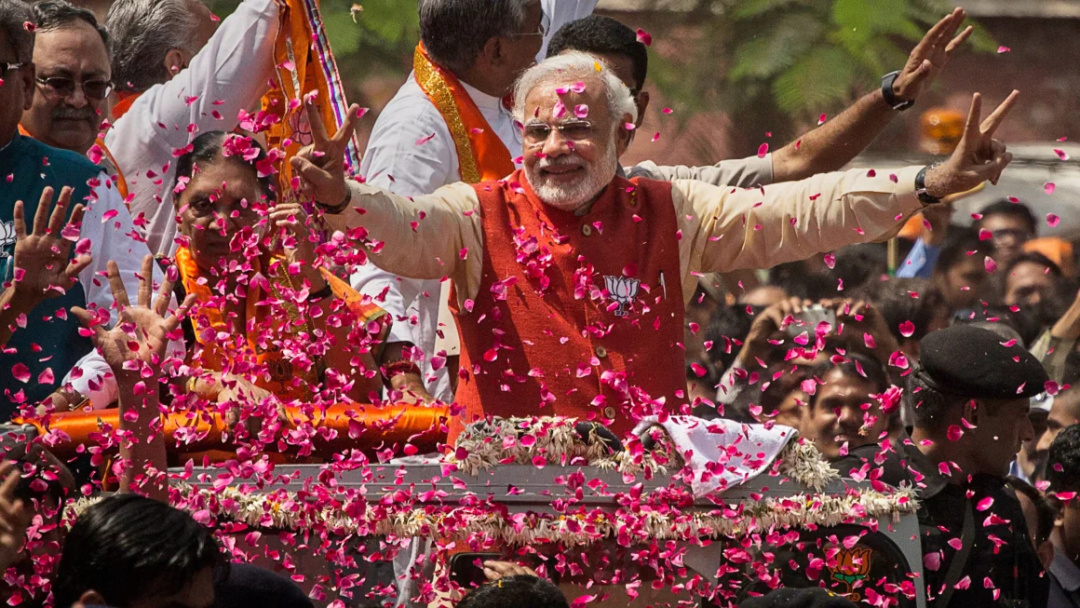 Prime Minister Modi. Photo: Kevin Frayer/Getty Images
Prime Minister Modi. Photo: Kevin Frayer/Getty Images
Prime Minister Modi's Bharatiya Janata Party (BJP), which has 180 million members, is today the largest not only in India, but in the entire world. For comparison, the ruling Communist Party in neighboring China has "only" about 100 million people.
The main opposition political force is the Indian National Congress, India's oldest party, which has governed the country since independence in 1947. However, in 2014, the Congress lost to the BJP, and since then it has not been able to recover and compete with the government on its own, so it is forced to unite with other opposition political forces.
This year, the race for seats in parliament has been between Modi's pro-ruling BJP and the broad opposition INDIA alliance of more than 20 parties, led by the Indian National Congress and powerful regional political forces. Moreover, the opposition does not have its single "face", because before the elections it refused to identify a candidate for the post of the head of the government, promising to do so in case of victory.
However, Modi, despite ten years in power, has not lost support and enjoys immense popularity among the country's residents. As the latest polls show, the majority of voters want to continue to see him at the head of the government, so the victory of the BJP is, in fact, a foregone conclusion. The only question is the number of seats the party will get in the parliament.
Currently, the BJP has 303 seats, which allows the Modi government to confidently implement its initiatives and programs without fear of the opposition. However, now the ambitions of the ruling party are much higher.
The Prime Minister's political power traditionally dominates in the northern and central parts of India, but is now trying to gain a foothold in the east and south. The BJP hopes this time to get at least 400 seats in the parliament, more than two-thirds, and form a constitutional majority. And as some opinion polls show, such chances are quite high.
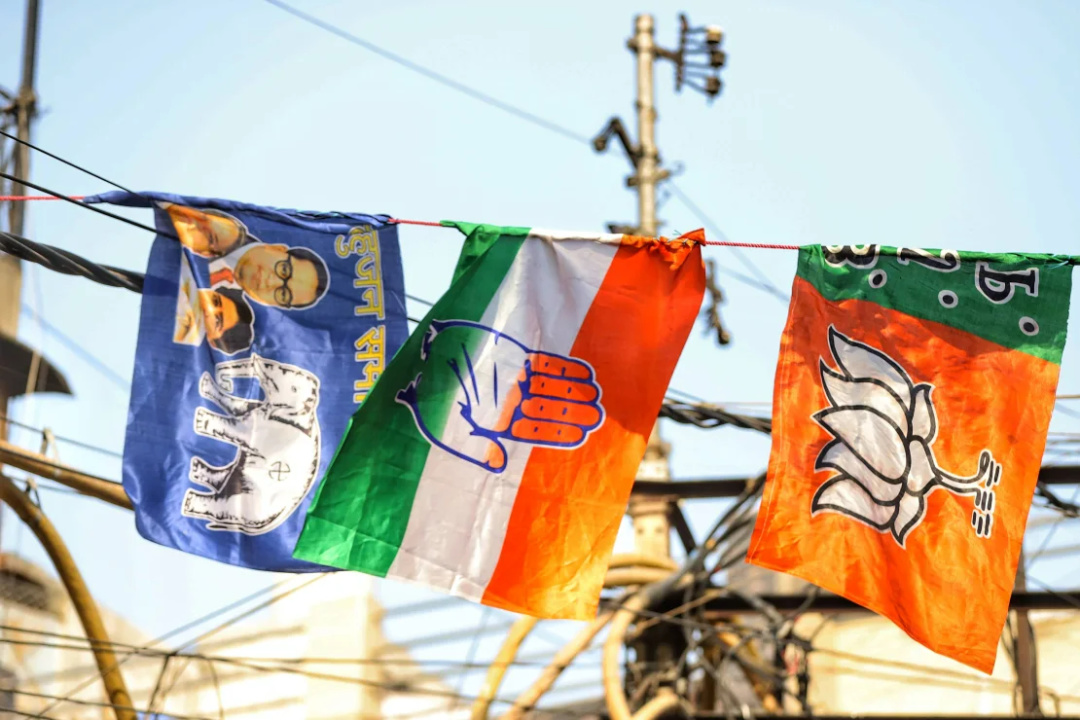 Photo: Nasir Kachroo/NurPhoto/Getty Images
Photo: Nasir Kachroo/NurPhoto/Getty Images
SIGNIFICANCE OF ELECTIONS
This year's show of will is rightfully called a landmark for India and, first of all, for Modi personally. The ambitions of the 73-year-old leader of the country are to become the second politician in history to head the government for the third time in a row. This was achieved only by Prime Minister Jawaharlal Nehru, the first after the declaration of India's independence.
Modi is classified as a populist politician who, in order to gain popular love, appeals to the ordinary masses, their hopes and fears, and gives small "handouts", paying little attention to the long-term prospects of the country's development. His government's trump card is its popular welfare programs, which the government says have improved access to clean toilets, health care and cooking gas.
Indeed, India's economy grew by around 8% last year, the highest rate among major countries, and has jumped five places in the past decade to now rank a respectable fifth in the world. Moreover, in case of victory in the elections, Modi "guaranteed" by 2047, when the country will celebrate the 100th anniversary of independence, to raise it to the third position and catch up with the "eternal" competitor China.
One of the highlights of the "Modi era" is the new roads and bridges across the country, including in and around New Delhi and Mumbai, two major cities. But while India's economy is one of the fastest growing in the world, the fruits of the economic boom are felt more in the cities than in the country's predominantly rural areas, and hundreds of millions of its residents face increasing economic hardship.
The biggest ones are rampant unemployment, especially among young people, and rapidly rising prices. Last year, nearly 16% of urban youth aged 15-29 were unemployed due to low skills and a lack of quality jobs, and inflation accelerated to 6,7% from 5,5% in 2022, according to the latest government figures. Independent analysts claim that the real indicators of unemployment and inflation are higher.
To appease the people, the Modi government is resorting to the so-called "welfare policy". In particular, since the COVID-19 pandemic, it has provided free food rations to 814 million, nearly 60% of the country's population, which critics say is a sign of extremely uneven economic growth. However, such an approach pays immediate dividends in the form of high voter support and ensures sure wins at the polls.
Another factor in their own favor, which the authorities have formed over ten years, is the strengthening of nationalist sentiments in society. The BJP, like Modi, professes nationalist Hinduism and positions itself as an expression of the interests of Hindus, the largest religious group in India, to which almost 80% of the country's population belongs.
At the same time, the interests of other ethnic and religious groups, including the second largest Muslim community, are ignored. In particular, the Modi government has ended federal support for Muslim schools, or madrassas, and in some BJP-ruled states most have either closed or are on the verge of closing, despite opposition from Muslim leaders.
Modi also introduced a citizenship law that has been criticized for being discriminatory against Muslims, granting citizenship to Hindus, Parsis, Sikhs, Buddhists, Jains and Christians who fled to India before December 31, 2014 due to religious persecution from Muslim-majority Afghanistan, Bangladesh and Pakistan. .
Instead, the prime minister regularly visits Hindu temples, which is widely broadcast on local channels, creating an image of Modi as a champion of the country's Hindu majority, which forms the basis of support for the BJP.
The opposition also accuses the Modi government of using law enforcement officers to pressure opposition politicians over allegations of corruption. According to her, over the past decade, the government's money-laundering agency has summoned, interrogated, searched or arrested nearly 150 opposition politicians, compared to ten times less from the ruling party.
Modi and the ruling party reject all accusations of retreating from democratic positions, corruption, religious discrimination and using state institutions to achieve political goals. And Hindu nationalism, along with "welfare politics", became a key theme of the elections.
So the BJP will obviously win the third election campaign and Modi will get a record third term at the head of the government and the country.
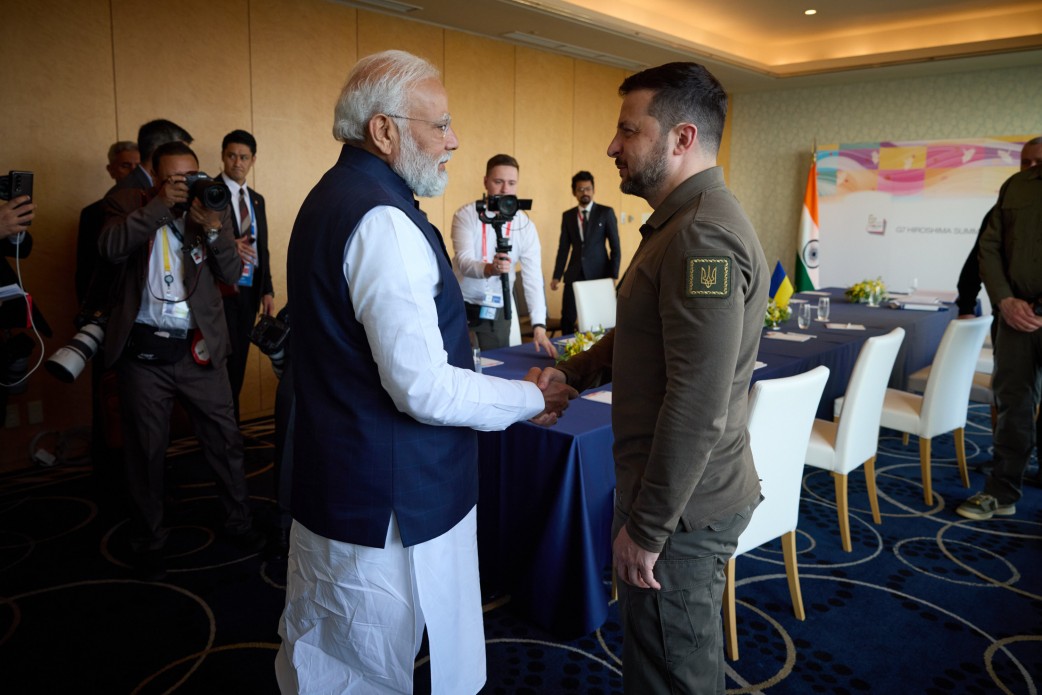 Photo: Office of the President
Photo: Office of the President
UKRAINE IN FASHION POLITICS
New Delhi, as is known, has close ties with Moscow for many years, did not condemn the Russian invasion of Ukraine, like most countries of the Global South, did not support sanctions and declares neutrality regarding the war. Modi and his government avoid making statements about the Russo-Ukrainian war, but India is benefiting greatly by buying Russian oil and other natural resources at deep discounts.
In particular, last year Russia became the leading supplier of oil to India, reducing the market share of the Middle East and OPEC countries to a historic low. India imported 1,64 million bpd of Russian oil last year, up 57% from the previous year, 2022, which accounted for about 35% of its total crude oil imports, up from about 22% a year ago, according to industry analysts.
In the first year of the war, the Indian leader avoided contacts with the Ukrainian visavi, like most of his colleagues from the countries of the Global South. The ice broke last May after Modi's meeting with President Volodymyr Zelensky in the Japanese city of Hiroshima on the sidelines of the Group of Seven (G7) summit. Then the President thanked India for supporting the territorial integrity and sovereignty of our state at the platforms of international organizations and for the humanitarian aid provided to Ukraine. He also informed Modi in detail about the Ukrainian peace formula and invited India to join the implementation of this initiative.
However, until the end of the year, high activity of communications, at least public, between Kyiv and New Delhi was not observed, but from the beginning of the current year, significant changes began. March can be safely called the month of Ukrainian-Indian relations, when there were contacts between the heads of the offices of the heads of the two states, a telephone conversation between Zelenskyi and Modi, and at the end of the month, the first visit of the head of Ukrainian diplomacy to India in seven years.
After that trip, Dmytro Kuleba said that India is aware of the great future of relations with Ukraine and understands Ukrainians in many ways, in particular in the issue of inviolability of borders.
"There are changes (in India's attitude to Russia's war against Ukraine, — ed.), and the recent conversation between the President of Ukraine and Prime Minister Modi and my presence today in India are clear evidence of these changes. Perhaps we in Ukraine would like these changes to be faster, brighter, but India has its own foreign policy, its own interests. However, if you compare the state of our relations in the first year of the full-scale war and now, there have been positive developments," Kuleba said.
In addition to a series of high-level visits, among other signs of warming relations with Ukraine, observers pointed out that India has proposed a humanitarian grant mechanism that will allow its government to allocate one and a half million dollars for the development of communities in Ukraine, for example, to rebuild schools or hospitals. India provides similar grants only to neighboring countries, and Ukraine will be the first to receive such assistance.
The key factor in changing India's position is the persistence of Ukraine's partners, primarily the United States and the European Union, in convincing Indian leaders of the need to distance themselves from the violator of international rules and the aggressor Russia and get closer to civilized countries. Such a change of course, in addition to the deepening of trade and economic ties with the developed countries of the world, which Modi seeks, also includes support for Ukraine, which has been happening recently.
So the expected victory of the BJP in the elections and Modi's third term as the head of the government can be good news for Ukraine.
As Mridula Ghosh, a teacher of the Kyiv-Mohyla Academy, a native of India, said in a comment to "Voice of America", "the Indian elephant reacts slowly, but consistently. At the beginning of the full-scale war, India was reluctant to make very strong statements about its position, but now it is reconsidering many things. Disengagement from Russia is taking place."
Volodymyr Sydorenko, Beijing
First photo: David Talukdar/NurPhoto

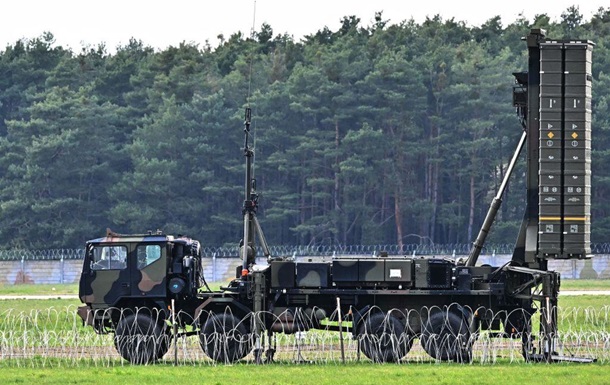
 139
139